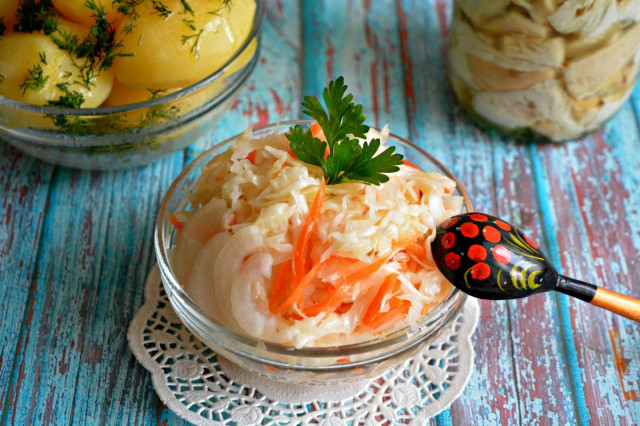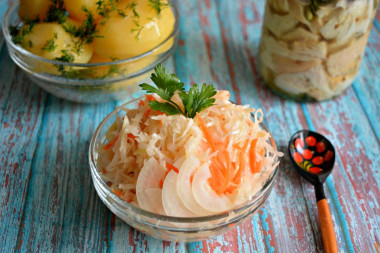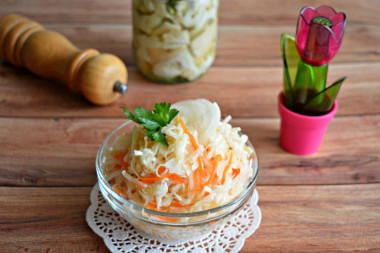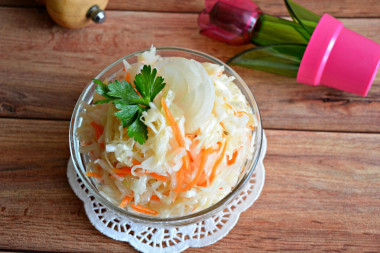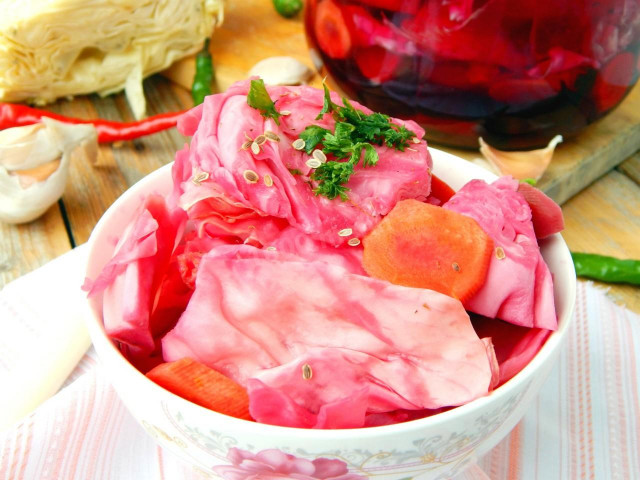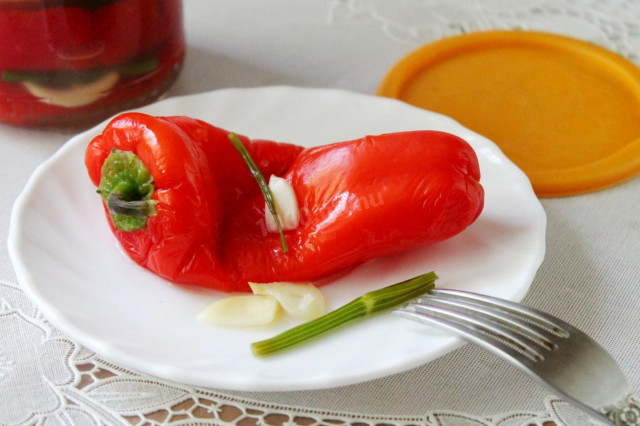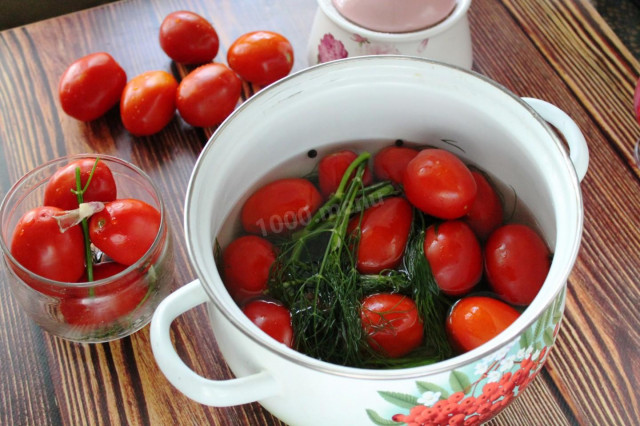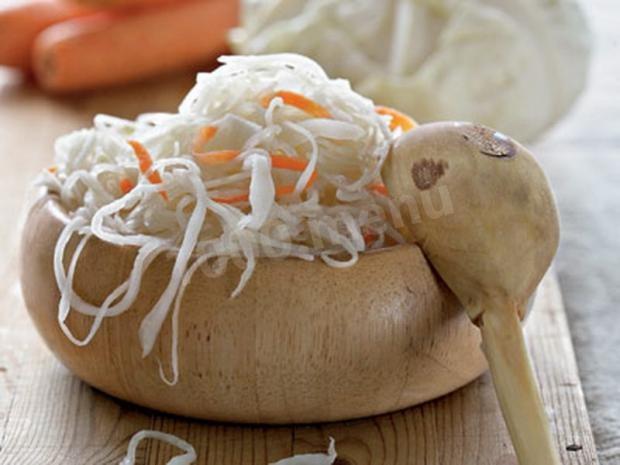Composition / ingredients
Step-by-step cooking
Step 1:
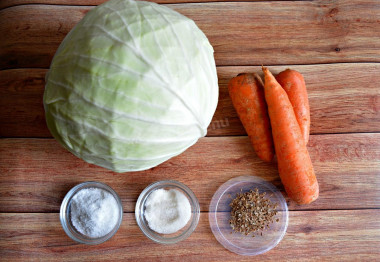
For one three-liter jar, you need exactly two kilograms of white cabbage without a stalk. We take two or three carrots at our discretion, since it is not the main ingredient, but rather for beauty. Our family loves the spicy note of dry dill in sauerkraut, so I add a couple of spoonfuls of dill seeds. If desired, you can not add dill. We will also need salt and sugar.
Step 2:
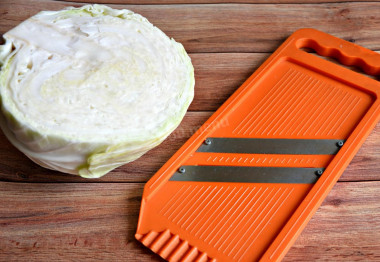
Remove the top two leaves from the head, throw them away. They have all the dirt in them and they are usually limp. Cabbage is thinly shredded with a sharp knife or we use a special shredding grater. With the help of a grater, it turns out faster and neater.
Step 3:
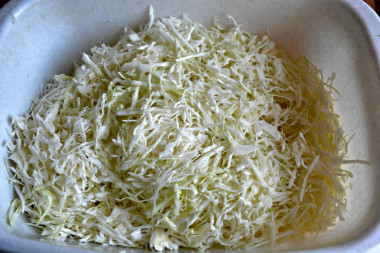
We put the chopped cabbage in the basin so that it is more convenient to mix and knead it.
Step 4:
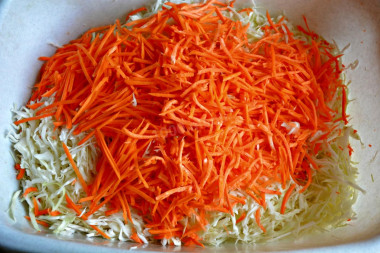
Carrots are washed, peeled and grated on a coarse grater or on a grater for Korean carrots.
Step 5:
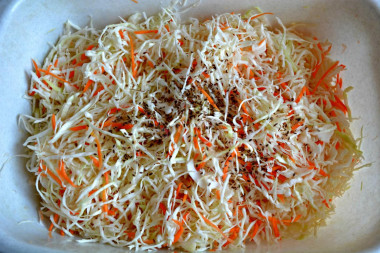
Pour out one or two tablespoons of dried dill seeds. The taste with dill turns out to be very unusual, so if you want the classic taste of sauerkraut, then skip this step.
Step 6:
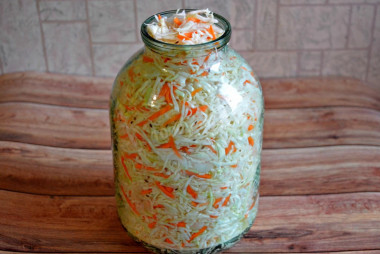
Cabbage and carrots are well crushed with our hands and very tightly packed into a jar. The cabbage should all fit, if not, it means that it has been crushed a little.
Step 7:
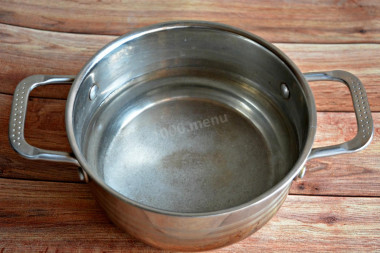
Now let's prepare the brine. Actually, thanks to the brine, the method turns out to be fast. In the classic recipe, cabbage itself should allocate juice (it takes time), which is a natural brine. And here we help her a little. In one liter of cold boiled water, add two tablespoons of salt, mix until the salt dissolves and pour the resulting cabbage brine.
Step 8:
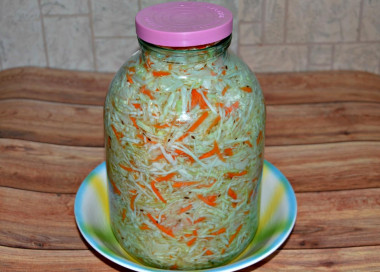
We put a jar of cabbage in a deep dish, since excess brine will flow out abundantly during pickling. Just cover the top with a lid or cover with a piece of gauze. We leave the cabbage in the heat for two days. Periodically (once or twice a day) you need to poke with a fork and release gas bubbles from the cabbage.
Step 9:
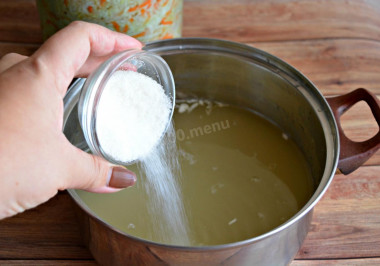
Then pour all the brine into a saucepan. Add one spoonful with a hill of sugar, mix until dissolved and pour the cabbage with brine again.
Step 10:
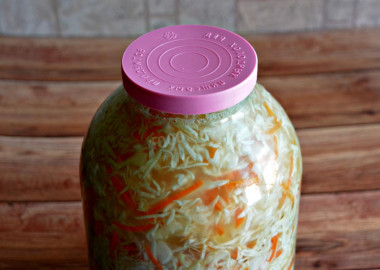
We seal the cabbage with a lid and put it in the refrigerator for another day. The fermentation process is stopped, the cabbage needs to brew and rest.
Crispy and appetizing, not peroxide, moderately salty, cabbage is just great! This cabbage always turns out!
Bon appetit!
Calorie content of the products possible in the dish
- Carrots - 33 kcal/100g
- Dried carrots - 275 kcal/100g
- Boiled carrots - 25 kcal/100g
- Dill greens - 38 kcal/100g
- Granulated sugar - 398 kcal/100g
- Sugar - 398 kcal/100g
- Salt - 0 kcal/100g
- Water - 0 kcal/100g
- White cabbage - 28 kcal/100g
- Boiled white cabbage - 21 kcal/100g

